Biocides in Wastewater
Active Biomass Versus MLSS and Impacts on Nitrification
With colder temperatures coming in, does increasing solids retention really prevent the loss of nitrification?
by Dan McKeaton, Director of Wastewater Education
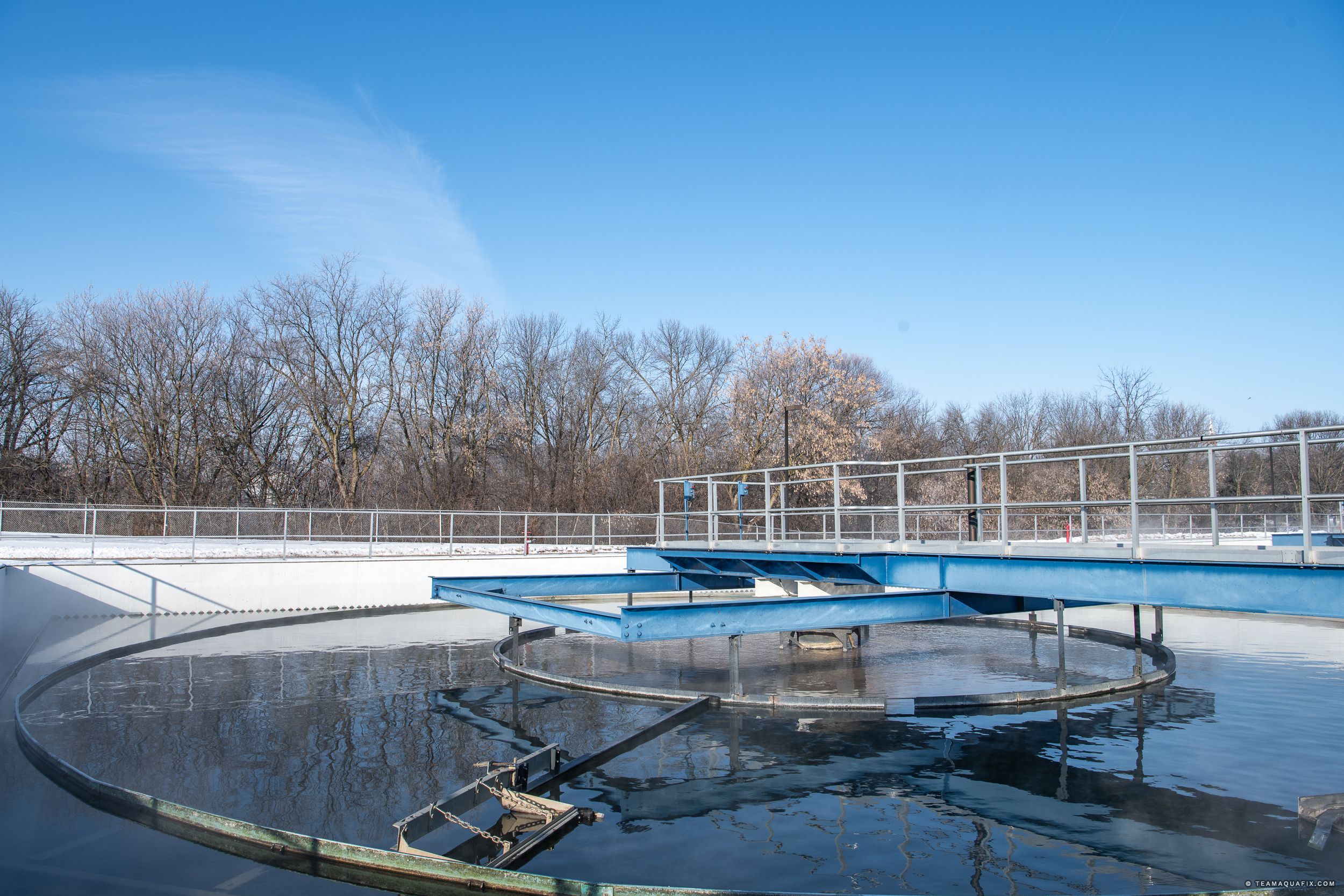
As winter approaches, many wastewater operators have already begun increasing their solids retention time to prevent the loss of nitrification in the winter. Overall, this makes a lot of sense, as nitrifiers have a slow growth rate and metabolism. However, there is a major shortfall to holding more solids going into the winter. Higher MLSS or MLVSS does not mean more active bacteria in all cases, and if you’re not increasing levels of total active bacteria, increasing sludge holding does not lead to any benefits.
MLSS and MLVSS are certainly useful metrics to help understand how much sludge should be returned or wasted overall. The problem with these measurements is they are assumed to be representative of live bacteria in a wastewater treatment system, and this means people assume holding more solids means you are maintaining a larger nitrifier population.
Summary
- Simply increasing solids retention does not guarantee more active bacteria, and metrics like MLSS and MLVSS have flaws in representing live bacteria.
- Active biomass tends to increase with increased solids retention but can reach a point where it decreases, causing system instability.
- Monitoring with microscopy and ATP can help determine the effectiveness of solids retention in preventing nitrification loss.
Summary
- Simply increasing solids retention does not guarantee more active bacteria, and metrics like MLSS and MLVSS have flaws in representing live bacteria.
- Active biomass tends to increase with increased solids retention but can reach a point where it decreases, causing system instability.
- Monitoring with microscopy and ATP can help determine the effectiveness of solids retention in preventing nitrification loss.
As winter approaches, many wastewater operators have already begun increasing their solids retention time to prevent the loss of nitrification in the winter. Overall, this makes a lot of sense, as nitrifiers have a slow growth rate and metabolism. However, there is a major shortfall to holding more solids going into the winter. Higher MLSS or MLVSS does not mean more active bacteria in all cases, and if you’re not increasing levels of total active bacteria, increasing sludge holding does not lead to any benefits.
MLSS and MLVSS are certainly useful metrics to help understand how much sludge should be returned or wasted overall. The problem with these measurements is they are assumed to be representative of live bacteria in a wastewater treatment system, and this means people assume holding more solids means you are maintaining a larger nitrifier population.
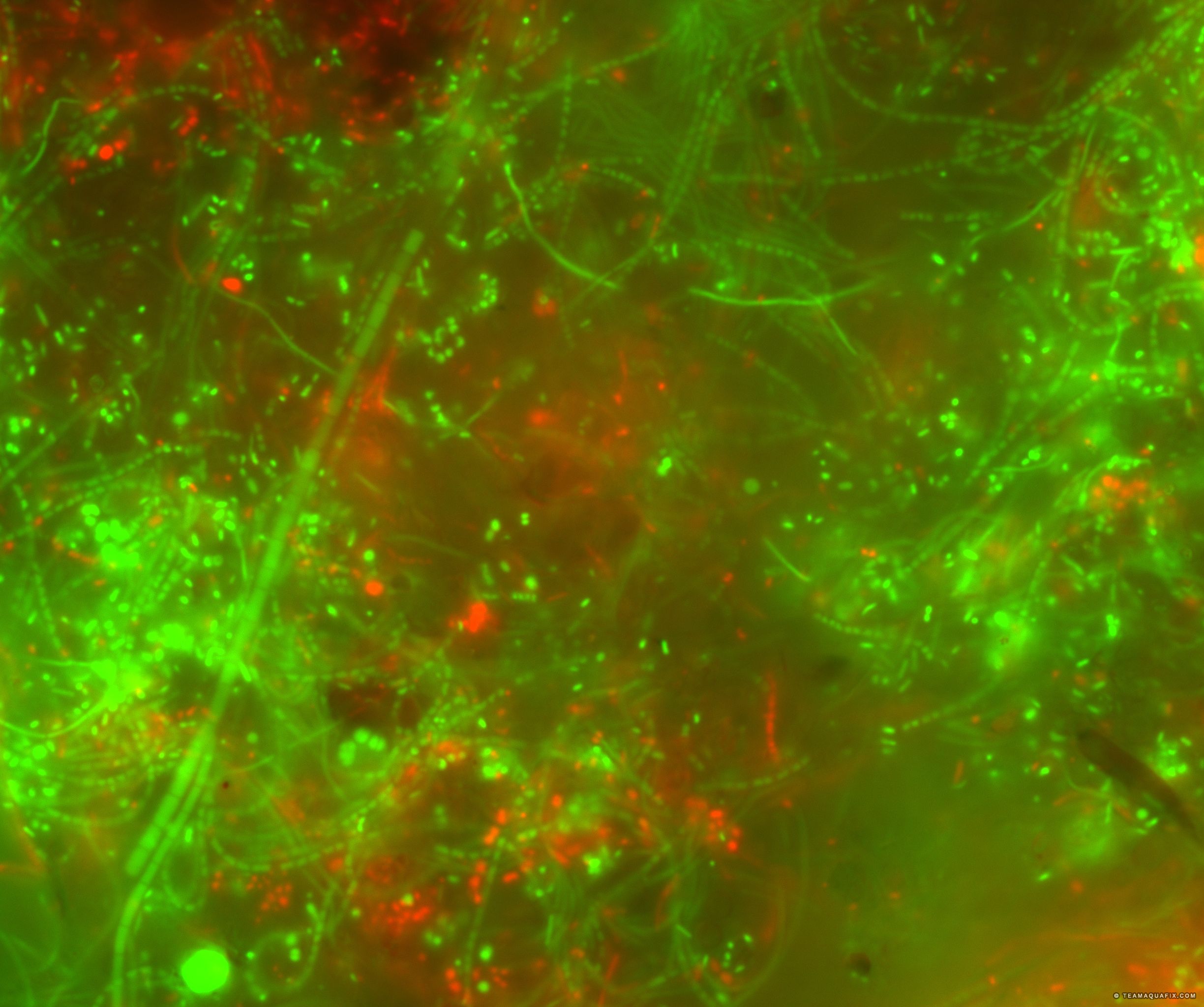
MLSS and MLVSS both have significant flaws as a measurement for the bacterial population. MLSS overall is a less helpful measurement because it fails to separate out inert material like grit, especially in systems with poor grit removal. Grit can make up a substantial portion of solids in mixed liquor. Also, both MLSS and MLVSS fail to exclude things like plant/paper material and dead bacterial cells. Dead bacterial cells are mostly dead weight, weakening the strength of floc, and limiting the abilities of floc to hold on to nitrifiers. Nitrifiers require healthy floc to remain in a system, but they are incapable of producing enough EPS to attach solidly to floc on their own. Therefore, good floc-forming properties are highly important to keep them in your system.
So how can we ensure that holding more solids is going to help us maintain as many nitrifiers as possible. There are several methods to help you accomplish this. The first is simply performing microscopy to monitor the state of your microbes in your system. Signs of high sludge age such as tardigrades suggest an accumulation of dead cells and inert material, which are dead weight that weaken floc. However, many high sludges age indicators can be susceptible to adverse conditions in the system and are not a foolproof way to gauge the health of a bacterial population. Alternatively, ATP analysis to measure active biomass can provide good insight into the levels of active biomass in a system.
Active biomass measurements can be especially helpful if performed regularly going into the winter. As you hold more sludge, you will find the total active biomass in the system increases most of the time. You can calculate your total active biomass by multiplying your MLSS by your active biomass ratio. Increasing solids holding usually will increase active biomass to a point after which active biomass will stop increasing and may even decrease. When this happens, the wastewater system will become less stable, and floc will be more likely to fall apart due to inert material. In addition, you are not increasing levels of bacteria and therefore not preventing the loss of nitrification
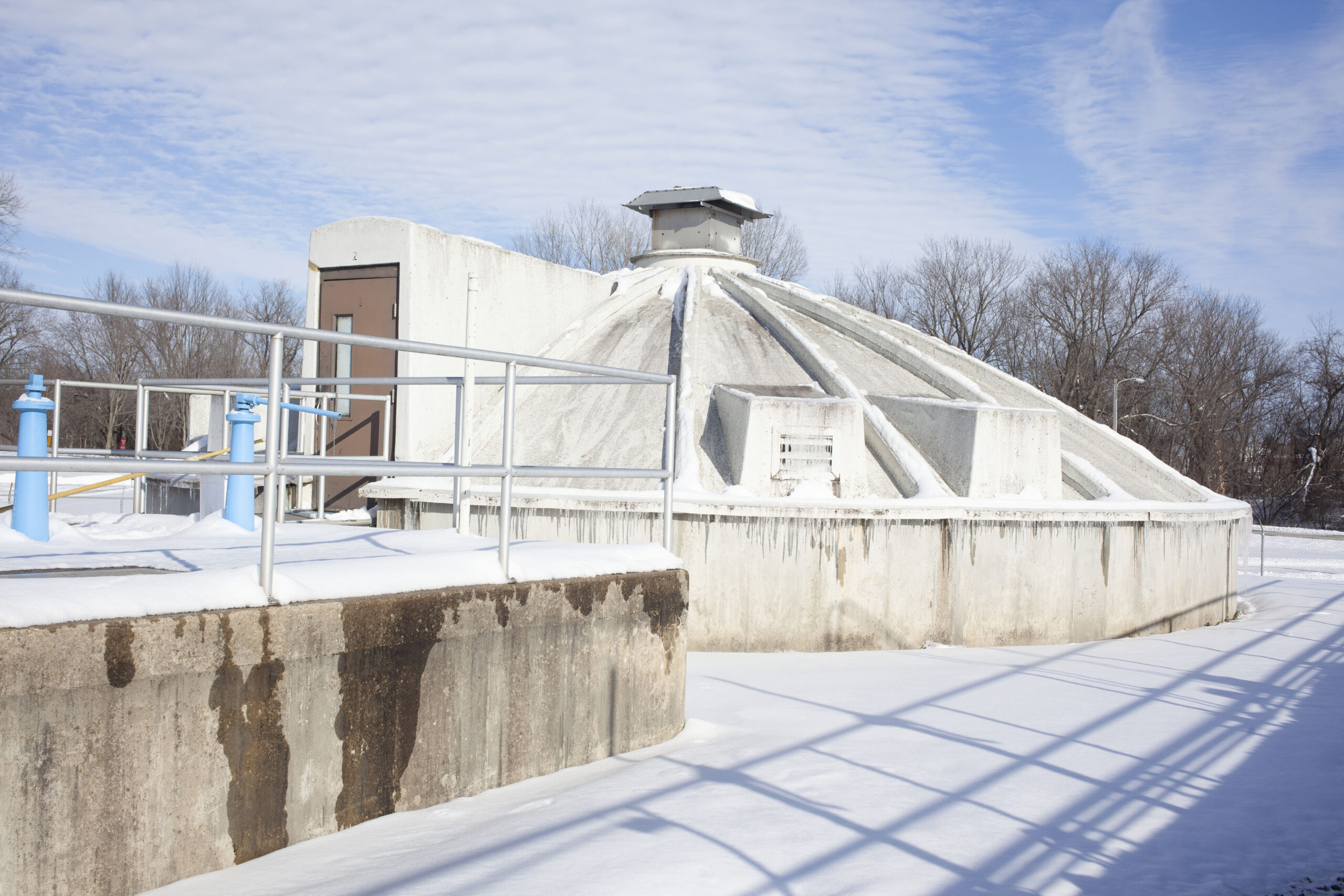
Therefore, microscopy and ATP monitoring can both help you understand if your solids concentrations going into the winter are helpful to prevent loss of nitrification, or if they are not helpful, or worse harmful.
Aquafix is continuing to work on this area of research to provide more comprehensive data on when wasting is helpful or harmful. Please let us know if you have any questions about solids holding going into the winter for your plant.
NItrification Solutions
Dynamic Duo
- Restores populations of nitrifying and nitrite reducing organisms
- Works great in water temperature as low as 39°F
- Guarantees full recovery in 6-10 days

About the Author
Dan McKeaton holds a B.S. in chemistry and started working at Aquafix in 2014. Dan performs wastewater research at Aquafix Inc and has presented his research in quaternary ammonium cations at the WEFTEC technical symposium in 2019. Dan also designs customer treatability studies in wastewater, assists in the development of wastewater products, and performs microscopic analysis for wastewater customers.

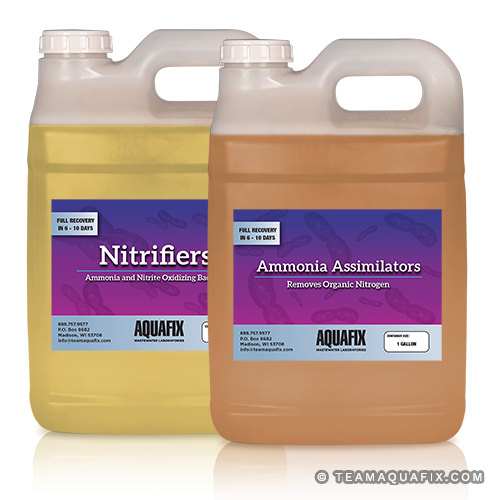
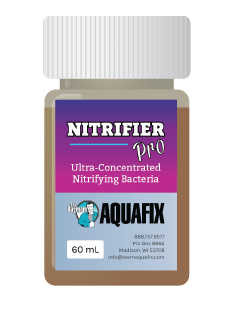
How would I monitor ATP in my WWTP? I have an activated sludge WWTP, with pretty good settling in my clarifiers. My selector tank, which is right before the aeration tank, is very anaerobic, with a ORP of -400. I process the wash water and all the cleaning washes and rinses at a cheese factory in Wisconsin. I run my MLSS on the older side, but have never seen a tardigrade under the microscope, usually rotifers and stalked ciliates. Usually, my VSS is around 70% of my MLSS number. Are there ATP tests I can perform, and/or what type of equipment is required for this?